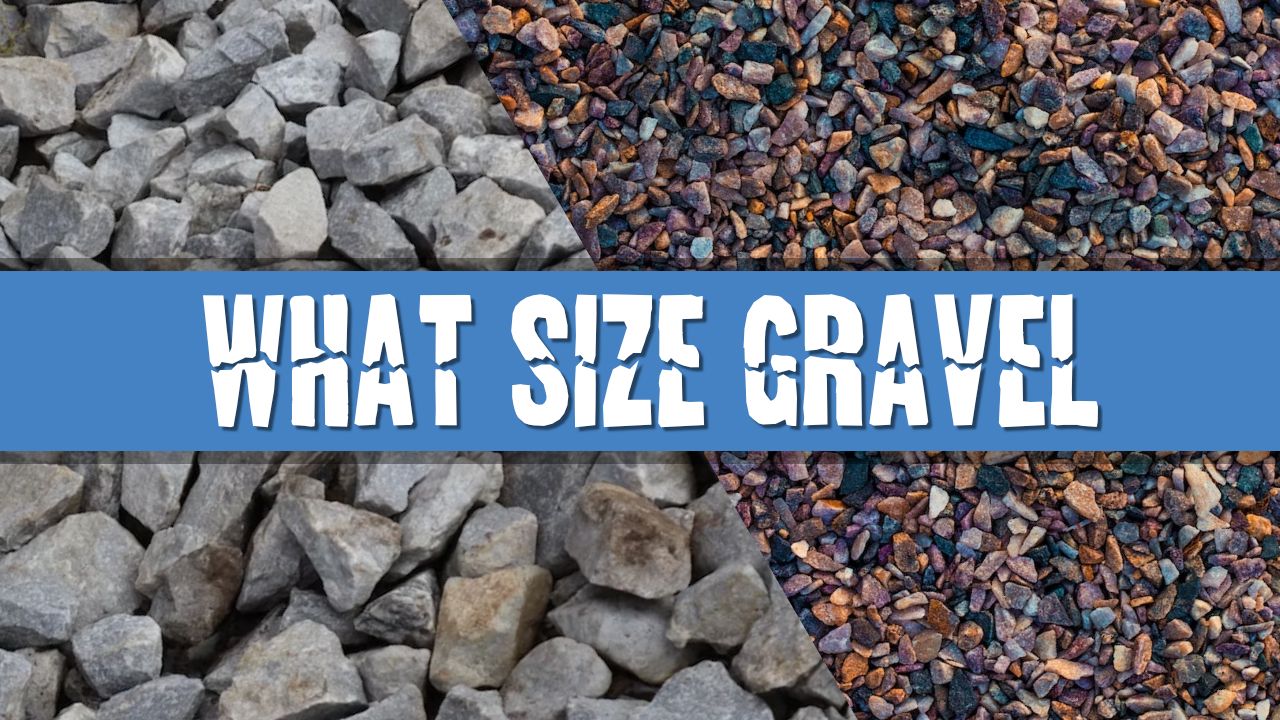Selecting Aquarium Gravel: Choosing Between Fine and Coarse Gravel
Choosing fine or coarse aquarium gravel depends on tank setup and fish species. Fine gravel suits plants and small fish, while coarse gravel is better for larger fish and easier maintenance. Consider tank needs for a beautiful and functional aquarium.

When setting up a home aquarium, one aspect that often gets overlooked is the type of gravel to use. Many believe it's purely a design decision, however, the choice between fine or coarse aquarium gravel can significantly impact the health of your fish and the overall ecosystem within your tank. Here at Fintastic Pets, I'll guide you through the intricacies of this seemingly trivial, yet crucial choice.
Gravel Size Matters
Contrary to popular belief, the size of aquarium gravel plays a significant role in the wellbeing of your aquatic friends and the ease of tank maintenance. It impacts water filtration, bacteria growth, plant growth, and even the behavior of your fish. Read on to find out why.
Fine Gravel: Pros and Cons
Fine gravel, with its small granules, can create a sleek and polished look for your aquarium. It's an excellent choice for tanks with bottom-dwelling species like clown loaches that prefer smooth surfaces to rest and play.
However, fine gravel does come with its challenges. Food and waste particles can easily get trapped within the compact spaces, making cleaning more difficult. If left unattended, it may lead to the build-up of harmful toxins, causing problems like cloudy water and unpleasant odors. If you choose fine gravel, regular gravel cleaning and water changes become crucial to maintain a healthy environment.
Coarse Gravel: Pros and Cons
On the other hand, coarse gravel provides larger spaces for beneficial bacteria to grow, aiding in biological filtration and reducing the risk of harmful waste buildup. This means less frequent filter media replacement.
The larger gaps also allow plant roots to spread more comfortably, promoting their growth if you're using live plants in your tank. If you've wondered whether artificial plants could harm your fish, worry not. As long as they're kept clean, they are safe.
However, coarse gravel might not be the best option for small or bottom-dwelling fish species as the large granules may pose a risk to their safety. Additionally, food particles might fall into the large gaps, leading to overfeeding if you're not careful.
Which One to Choose?
Your decision between fine and coarse gravel should be influenced by the type of fish you plan to keep and your willingness to maintain the tank.
If you're a fan of bottom-dwelling fish or wish to achieve a polished look, fine gravel may be your best bet. Just remember to commit to regular aquarium cleaning to prevent toxin buildup.
If you're inclined towards easier maintenance, a healthy biological filtration system, and live plants, coarse gravel would be more suitable. Just keep an eye on your fish to ensure the gravel doesn't pose a risk to them.
In any case, maintaining a clean and healthy aquarium environment is crucial. From deciding where to place your aquarium heater to knowing why your tank fish might not be eating, every little detail adds up to the bigger picture of a thriving aquarium.
Conclusion
The choice between fine and coarse aquarium gravel is not just a matter of aesthetics but also plays a significant role in creating a conducive environment for your aquatic friends. Consider your fish species, tank maintenance capacity, and the overall ecosystem when making your decision. And remember, whether you choose fine or coarse gravel, regular cleaning and care are essential for a healthy and thriving aquarium.

